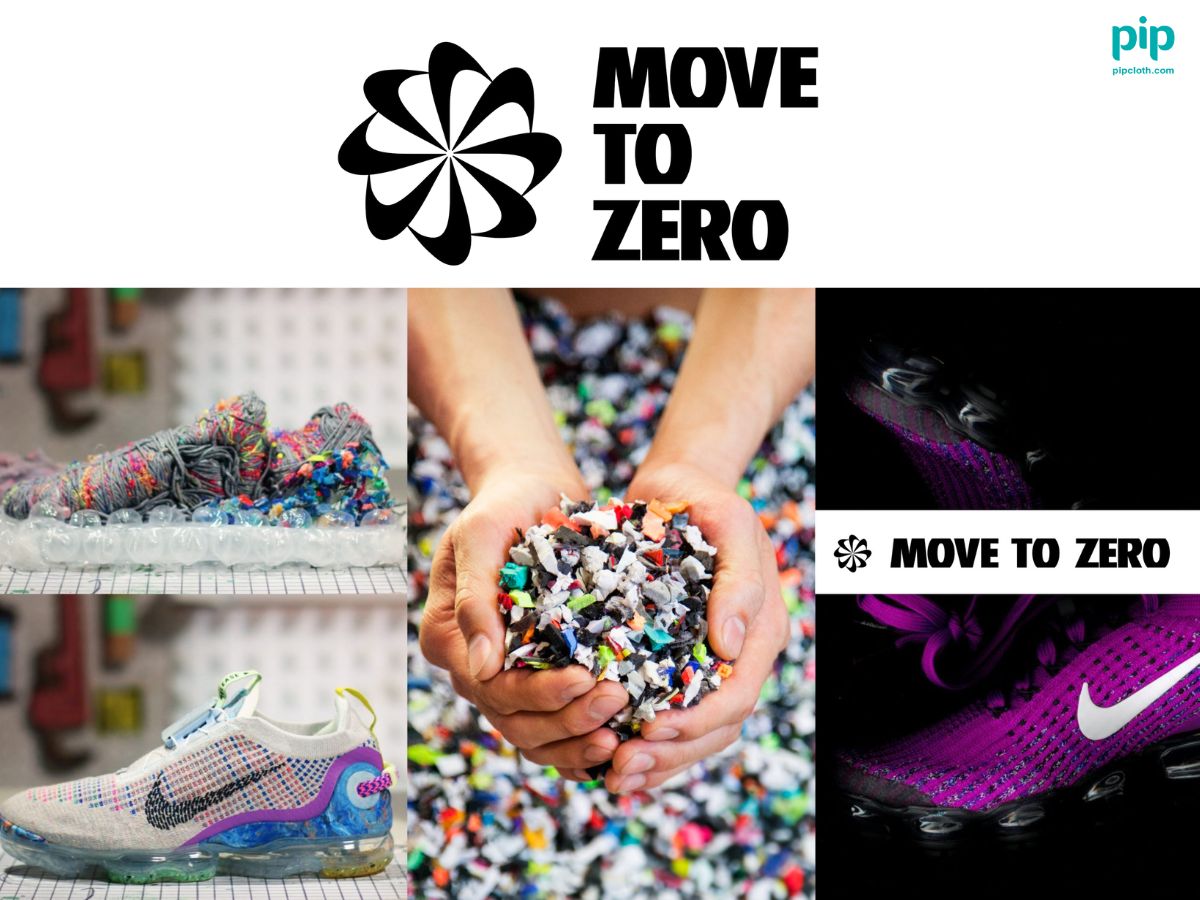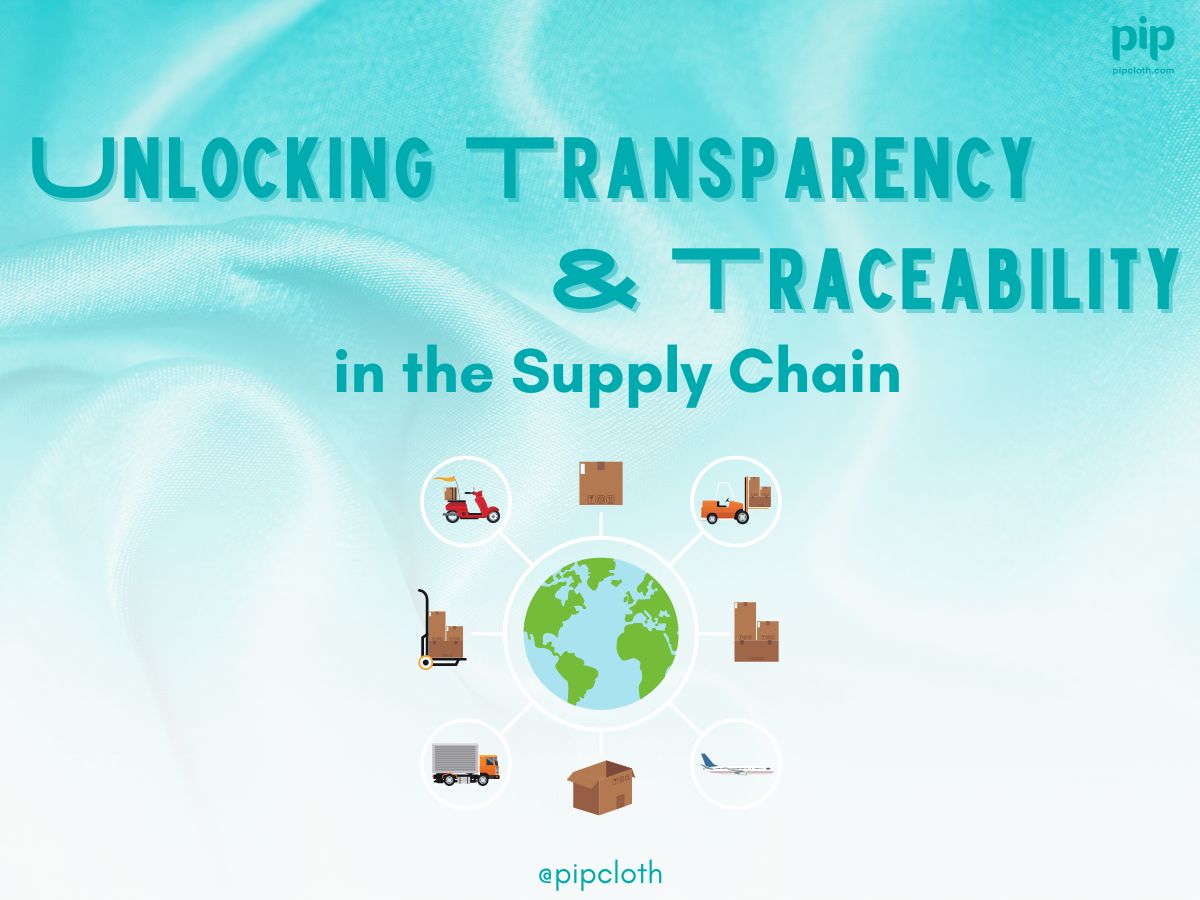The fashion and footwear industries are on the cusp of a major transformation as calls grow for greater transparency and traceability across the supply chain. At the recent U.N. Economic Commission for Europe summit in Milan, industry leaders gathered to discuss the challenges and opportunities in improving visibility from farm to finished product.
The Need for Transparency
In today’s socially conscious and digitally connected world, consumers are increasingly demanding greater transparency from the brands they buy. They want to know the full story behind the clothes and shoes they wear – where the raw materials come from, how the products are made, and what impact the production process has on people and the planet.
A 2019 survey found that two-thirds of consumers worldwide believe transparency is one of a brand’s most important attributes, and 73% are willing to pay more for products that guarantee transparency. Younger generations in particular, such as Millennials and Gen Z, prioritize ethical and sustainable fashion and use their purchasing power to support brands that align with their values.

However, the fashion industry’s complex, globalized supply chains have traditionally made transparency a challenge. A single garment can journey through multiple countries, from cotton fields to textile mills to cut-and-sew factories, before reaching the consumer. Many brands have limited visibility beyond their tier 1 suppliers, making it difficult to trace materials, monitor conditions, and ensure responsible practices at every stage.
But with the rise of powerful new technologies, this is starting to change. Blockchain is enabling secure, decentralized tracking of products from origin to sale, creating a tamper-proof record of a garment’s journey. Artificial intelligence can analyze vast datasets to map supply networks and identify risks. IoT sensors can provide real-time data on everything from factory emissions to shipment locations.
Armed with these tools, pioneering brands are starting to lift the veil on their supply chains. Luxury designer Martine Jarlgaard has piloted blockchain to trace clothing from raw material to consumer. Sustainable fashion leader Reformation uses its RefScale methodology to measure and disclose the environmental footprint of every product. By investing in transparency, these brands are not only meeting customer expectations, but also uncovering opportunities to boost efficiency, agility and impact.
As Chiaretto Calo, president of leather industry association UNIC, states: “Transparency is requested more and more by the consumer.” With the technology and momentum to make it possible, supply chain transparency is rapidly becoming a business imperative for fashion brands of all sizes. Those that proactively embrace it stand to win trust, competitiveness and growth in the years ahead.
Overcoming Barriers
Achieving true end-to-end traceability in the fashion industry is a daunting challenge, given the complexity and global scale of modern supply chains. A single garment can touch dozens of countries and suppliers on its journey from raw material to finished product, making it difficult for brands to maintain visibility and control.
One major hurdle is the lack of digital connectivity and data sharing among upstream suppliers. Many manufacturers, especially in developing countries, still rely on paper records and manual processes that are difficult to integrate into digital traceability systems. Brands may struggle to verify the origin of materials, ensure compliance with labor and environmental standards, or accurately assess impacts without real-time, reliable data from every tier of the supply chain.
Another challenge is getting buy-in and participation from all supply chain partners. Traceability requires suppliers to share sensitive information about their business practices, which they may be reluctant to do due to concerns around confidentiality, competitive advantage, or simply the time and resources required. Building trust, aligning incentives, and supporting suppliers through the digital transition is key.
Despite these barriers, pioneering brands and initiatives are finding innovative ways to collaborate and drive transparency at scale. Luxury conglomerate LVMH has developed its own blockchain-powered tracking platform, called AURA, to trace products from raw materials to point of sale, while ensuring data security and brand intellectual property.

Groups of brands are also joining forces on industry-wide traceability efforts. For example, H&M, Bestseller, Kering, and others have partnered with TextileGenesis, an open platform that uses blockchain to trace sustainable fibers across the supply chain. By working together and investing in shared infrastructure, brands can accelerate progress and reduce costs.
Technology providers are stepping up to help digitize and connect fragmented supply chain data. Solutions using blockchain, AI, IoT and other emerging technologies are enabling brands to map their networks, track products, and gather granular data in secure, interoperable formats. While implementing these tools takes time and resources, they offer transformative potential for supply chain transparency.
As traceability initiatives scale across the industry, they will need to navigate challenges around data governance, supplier onboarding, and balancing transparency with privacy. But with the right partnerships, incentives and infrastructure in place, fashion brands have an unprecedented opportunity to collaborate for a more transparent future. The pioneers lighting the way are proving that the barriers to traceability, while significant, are far from insurmountable.
Transparency as an Opportunity
While transparency is often viewed defensively, proactive brands see it as an opportunity. Granular supply chain data can unlock valuable insights to boost efficiency, agility and sustainability. Sharing verified information on product origins and attributes also allows brands to charge a premium and strengthens consumer trust.
Luxury players like Mulberry are leveraging traceability to highlight craftsmanship and quality. “Communicating product-making know-how is a must,” said Thierry Poncet of leather association CTC. Brands that control more of their supply chain, like direct-to-consumer labels, may have an advantage in tracing products.
Looking Ahead
As technology advances and expectations rise, transparency will likely become the new normal in fashion and footwear. Getting there will require ongoing investment, collaboration and commitment from brands, suppliers and solution providers.
Those that embrace the transparency imperative stand to reap benefits across reputation, resilience and the bottom line. By opening up about what they make and how, brands have an opportunity to differentiate, derisk and drive the industry forward. The future of fashion is transparent – and those leading the charge will help light the way.

As part of Nike’s ongoing commitment to reducing its environmental impact and promoting sustainable practices, the iconic Nike Air Force line of sneakers is undergoing a transformation to incorporate more eco-friendly materials and production methods, setting a new standard for responsible fashion in the footwear industry.
Conclusion
The fashion and footwear industries are embarking on a transformative journey towards greater transparency and traceability. Driven by consumer demands, regulatory pressures and the competitive advantages of supply chain visibility, brands are investing in technologies and partnerships to illuminate the path from raw materials to finished products.
While significant challenges remain, from data gaps to confidentiality concerns, pioneering companies are proving that transparency is achievable and valuable. By collaborating on solutions, leveraging innovation and viewing transparency as an opportunity, forward-thinking brands can unlock benefits across efficiency, sustainability, consumer trust and premium positioning.
As the expectation for transparency becomes the rule rather than the exception, companies that proactively embrace this shift will be best positioned for resilience and growth. The journey to full traceability is a marathon, not a sprint – but the rewards will be well worth the effort. In an era of conscious consumption and supply chain scrutiny, transparency is not just good for business – it is the future of fashion.
Exploring The Eco-Friendly Product Manager’s Guide
FAQ:
What is supply chain transparency and why is it important in fashion?
Supply chain transparency refers to the practice of disclosing detailed information about the journey of products from raw materials to finished goods. In the fashion industry, transparency is increasingly important for consumers who want to make informed choices based on factors like sustainability, ethics and quality. Transparency allows brands to build trust, mitigate risks and meet evolving customer expectations.
What technologies are enabling greater transparency in fashion supply chains?
Advanced technologies such as blockchain, artificial intelligence (AI), and the Internet of Things (IoT) are playing a key role in enabling transparency in fashion supply chains. Blockchain provides an immutable, decentralized ledger for tracking products and information across complex global networks. AI and machine learning can help analyze vast amounts of supply chain data for insights and optimization. IoT devices can capture real-time data on everything from factory conditions to product movement.
What are some of the main challenges in achieving end-to-end supply chain traceability?
Implementing end-to-end traceability in fashion supply chains is challenging due to factors like the complexity and globalization of production networks, lack of digital connectivity among suppliers, data standardization issues, and concerns around confidentiality and intellectual property. Brands may also face difficulties in obtaining buy-in and alignment across all supply chain partners.
How can brands benefit from investing in supply chain transparency and traceability?
Brands that invest in supply chain transparency and traceability can gain a range of benefits, including improved operational efficiency, better risk management, stronger consumer trust and loyalty, and the ability to command premium pricing for verified sustainable and ethically-made products. Transparency can also help brands meet regulatory requirements, reduce counterfeiting, and collaborate more effectively with suppliers on innovation and optimization.
What steps can fashion brands take to start improving transparency in their supply chains?
To start improving transparency, fashion brands can take steps like mapping their supply chain to identify all partners and processes, setting clear transparency goals and standards, investing in digital technologies for data capture and sharing, collaborating with industry initiatives and solution providers, and communicating transparently with consumers about their progress and challenges. Brands can start with priority areas like high-risk suppliers or materials and scale up over time.





